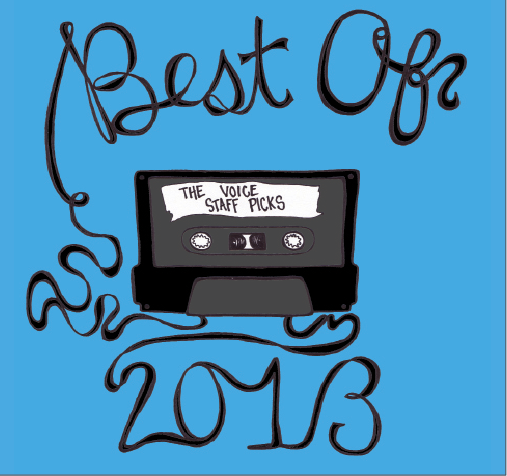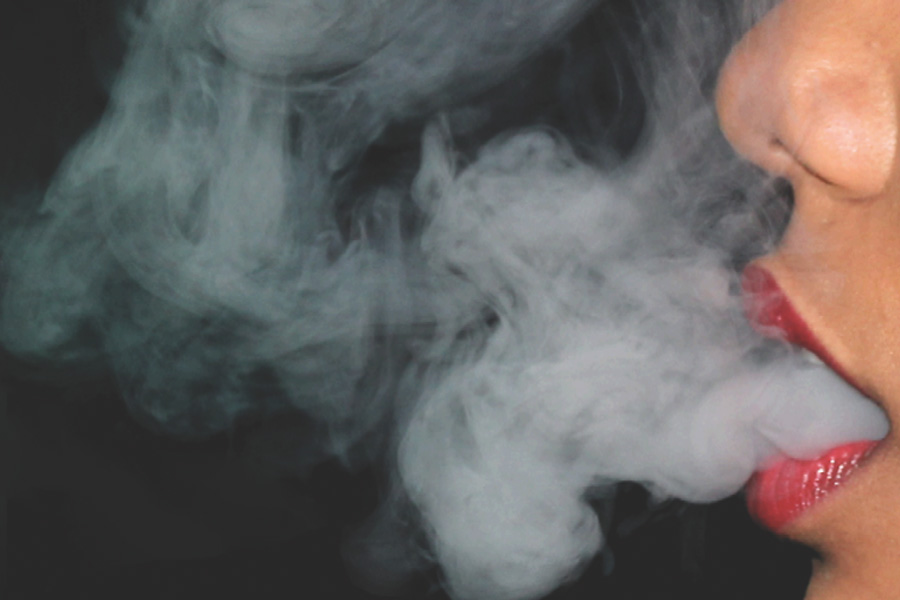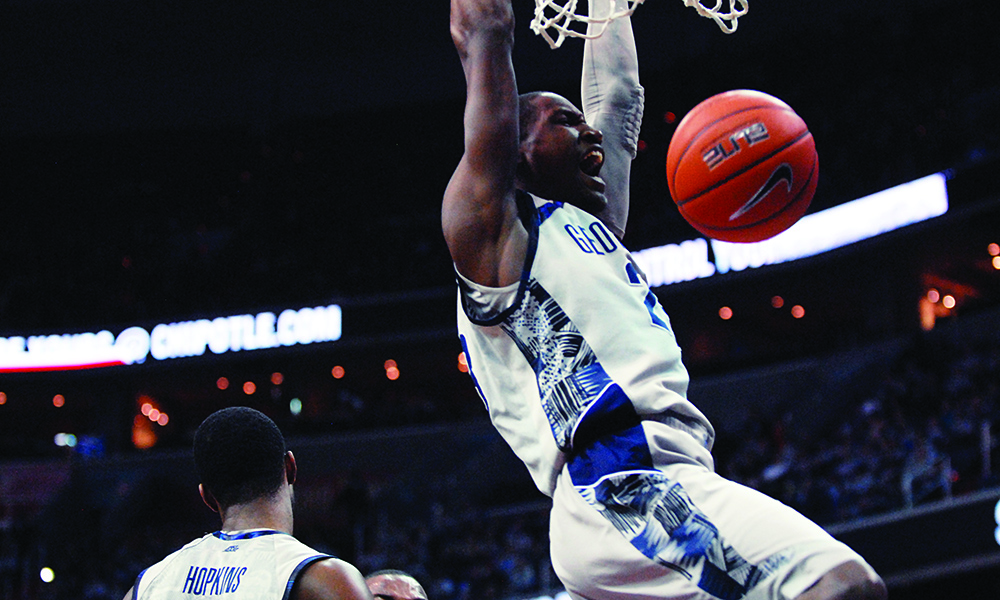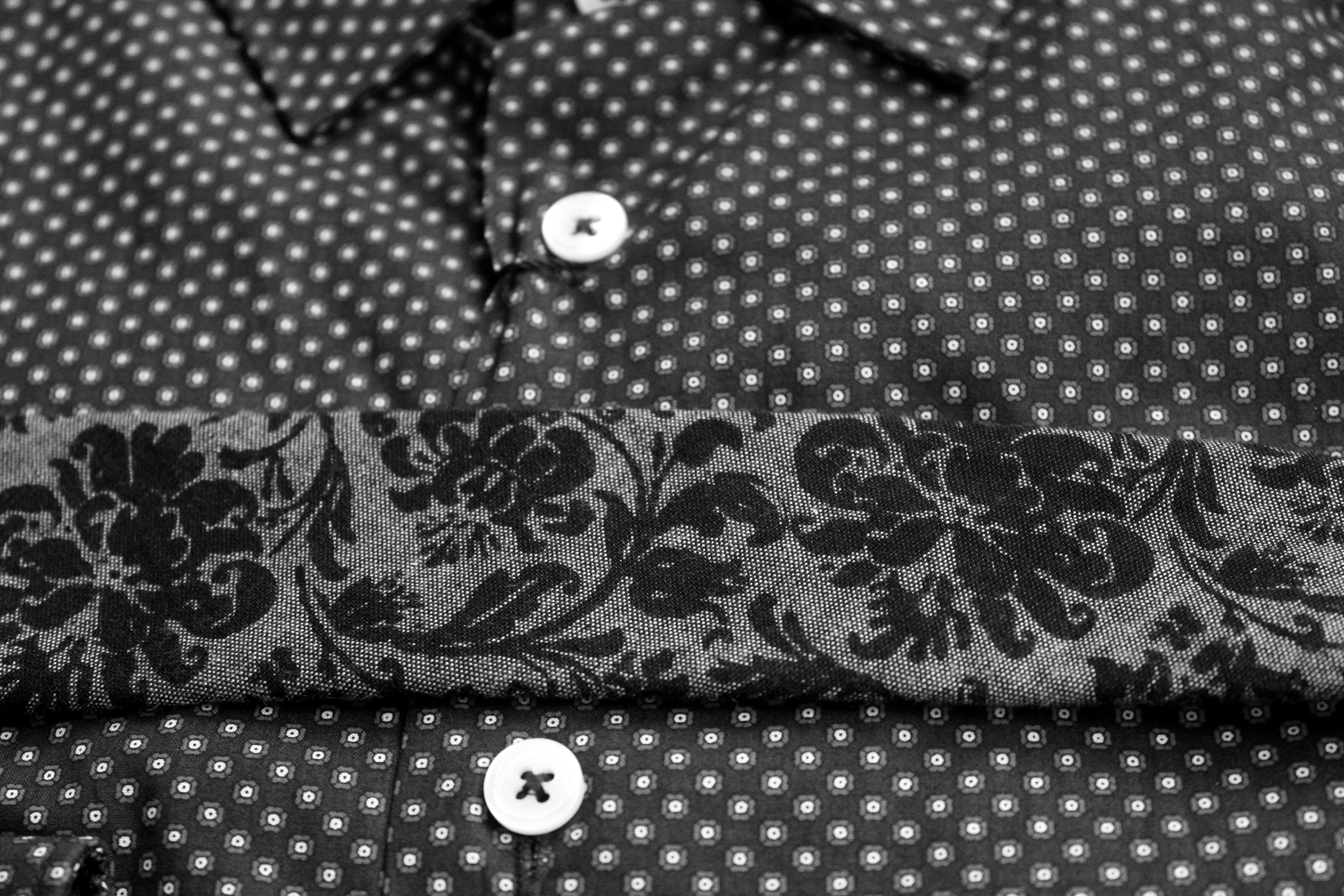Features
A deep dive into the most important issues on campus.
Starved for Art: Creative Expression Amid Career Culture
Your decision to come to Georgetown probably had something to do with its location in Washington DC. Whether compelled by the capital’s bustling political culture, its robust academic community, the... Read more
















